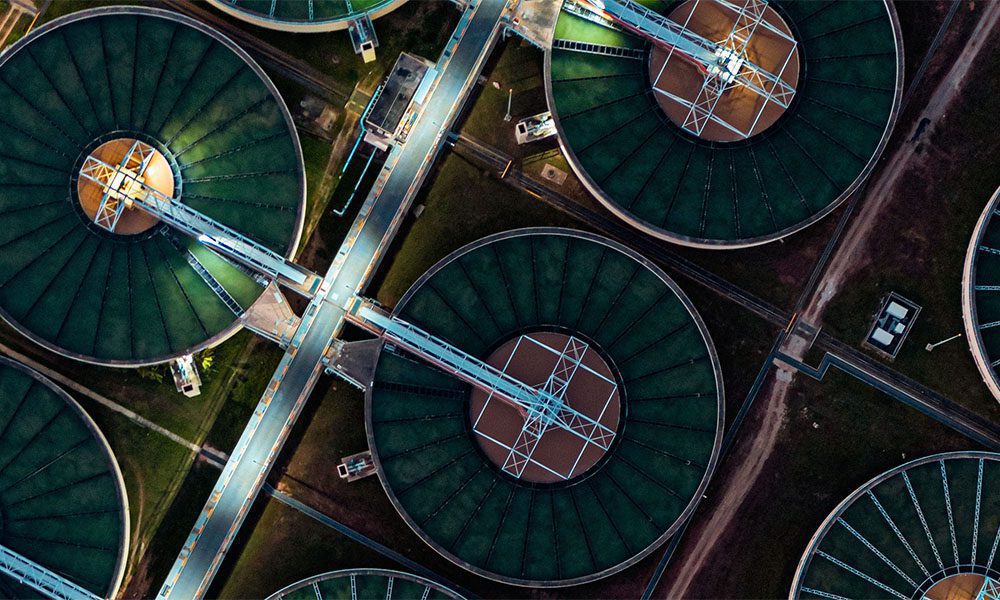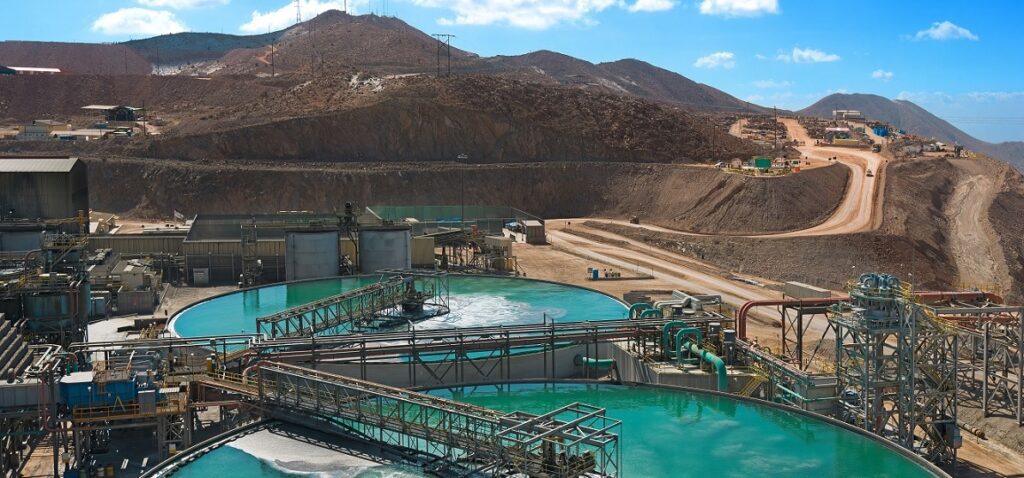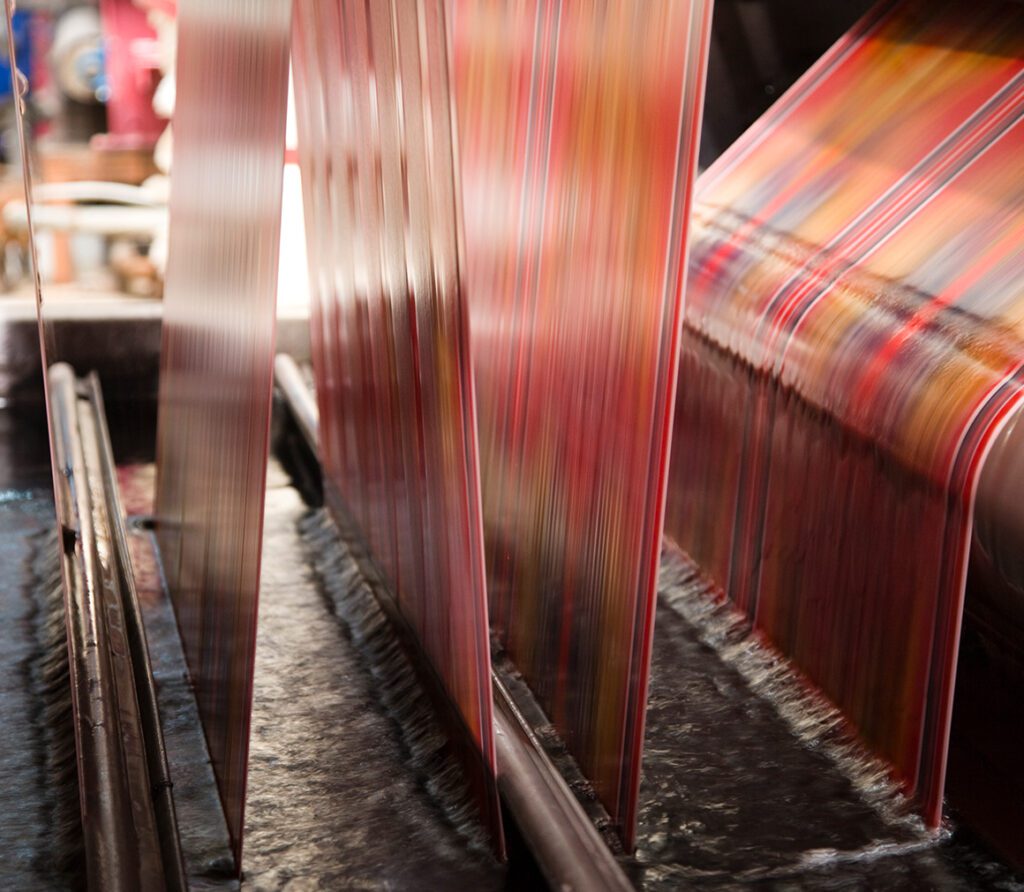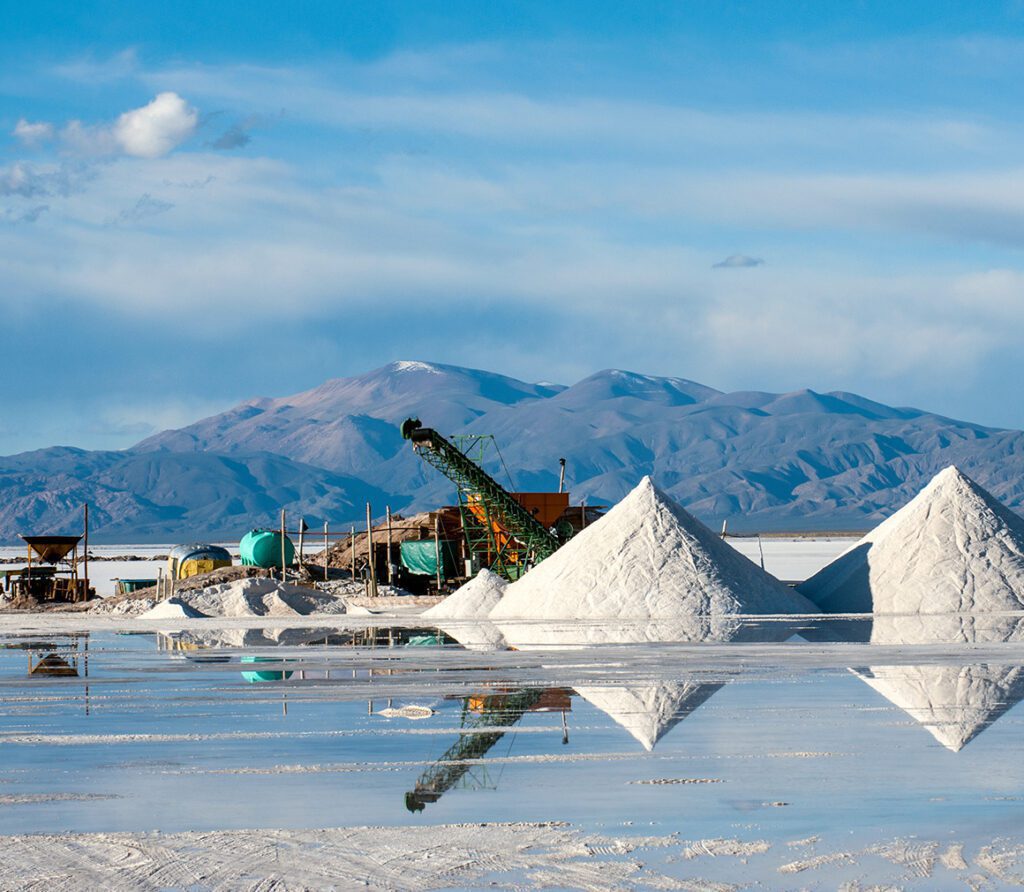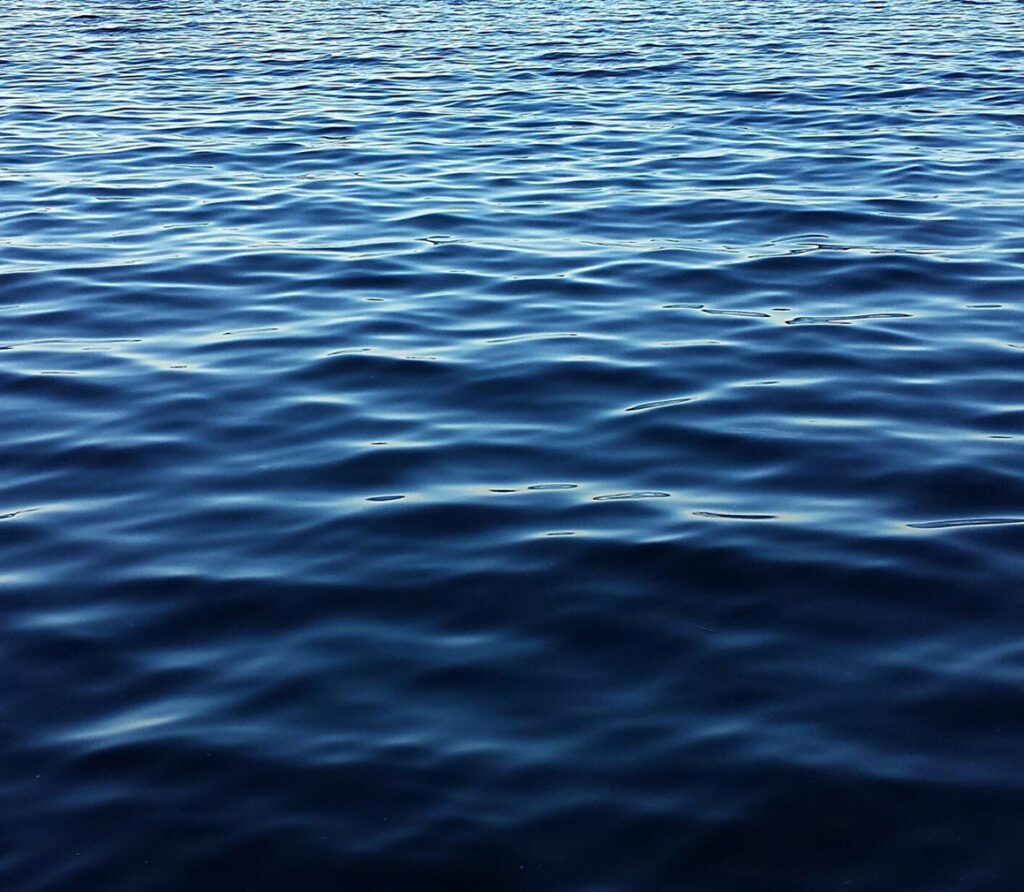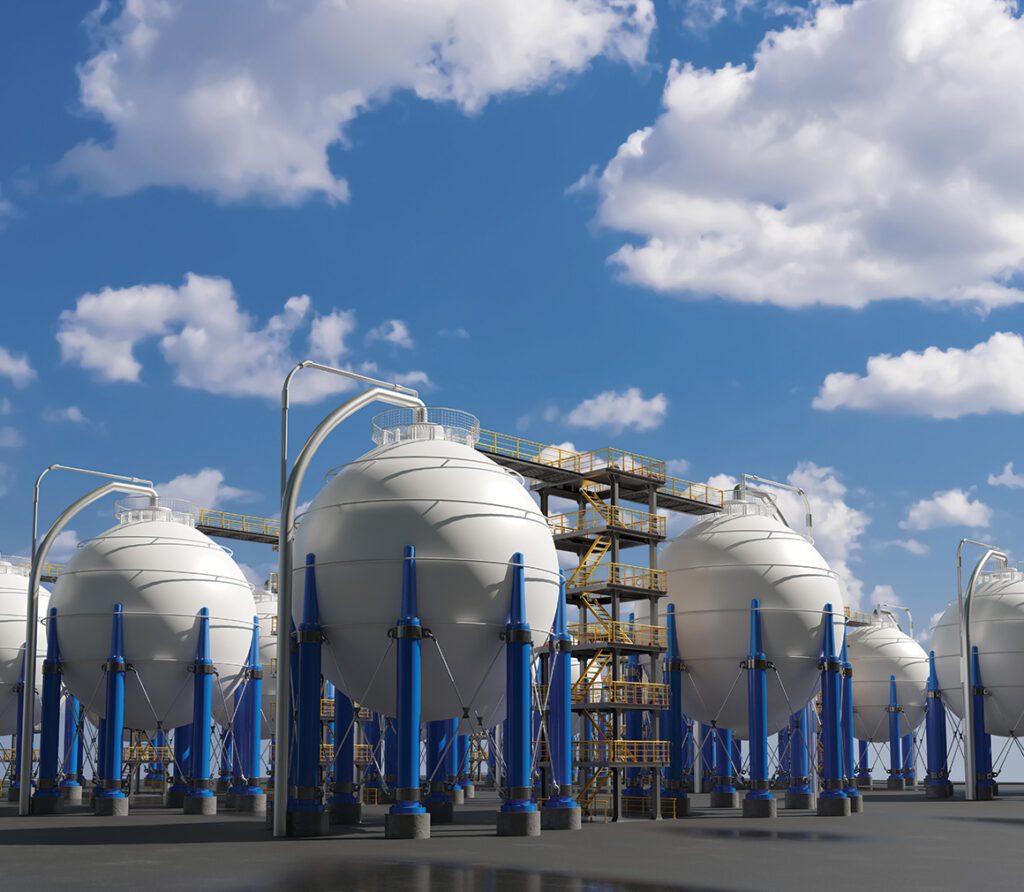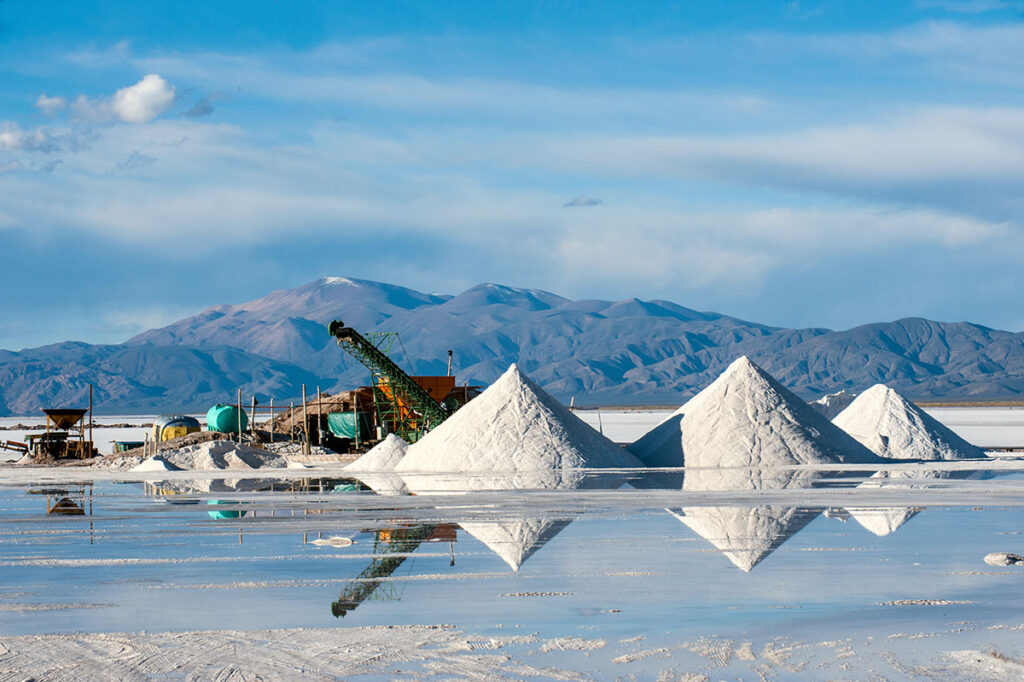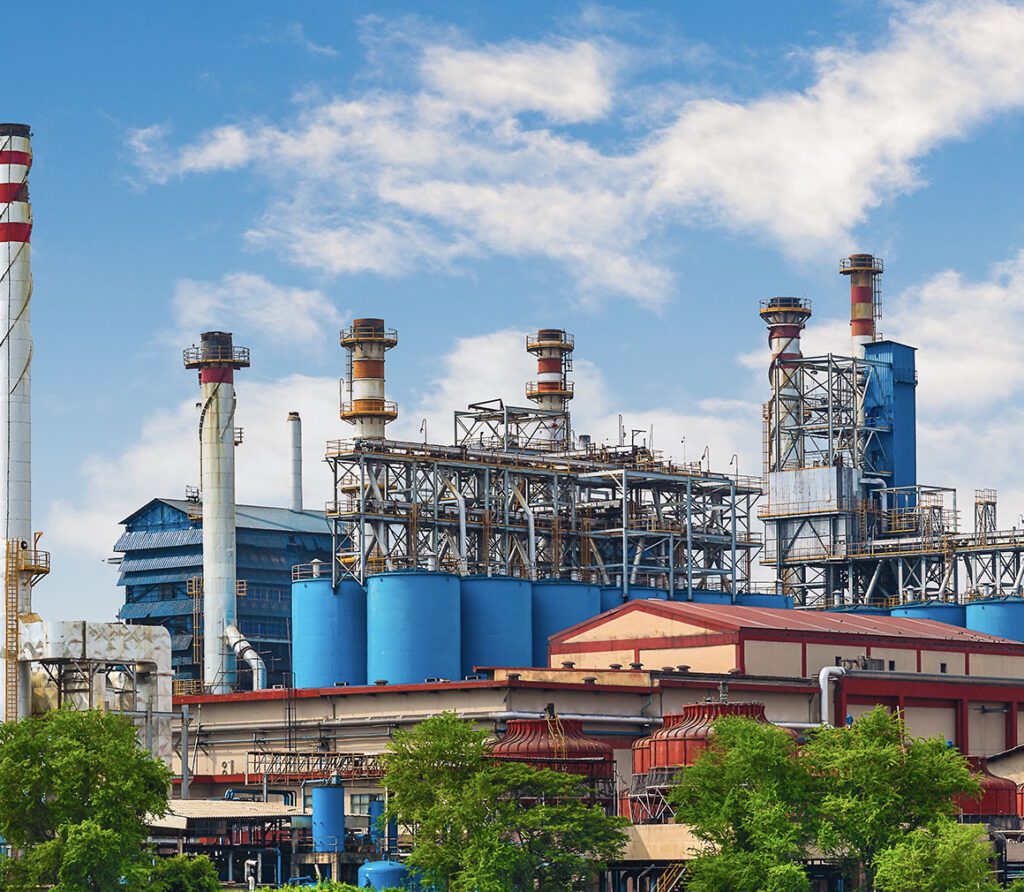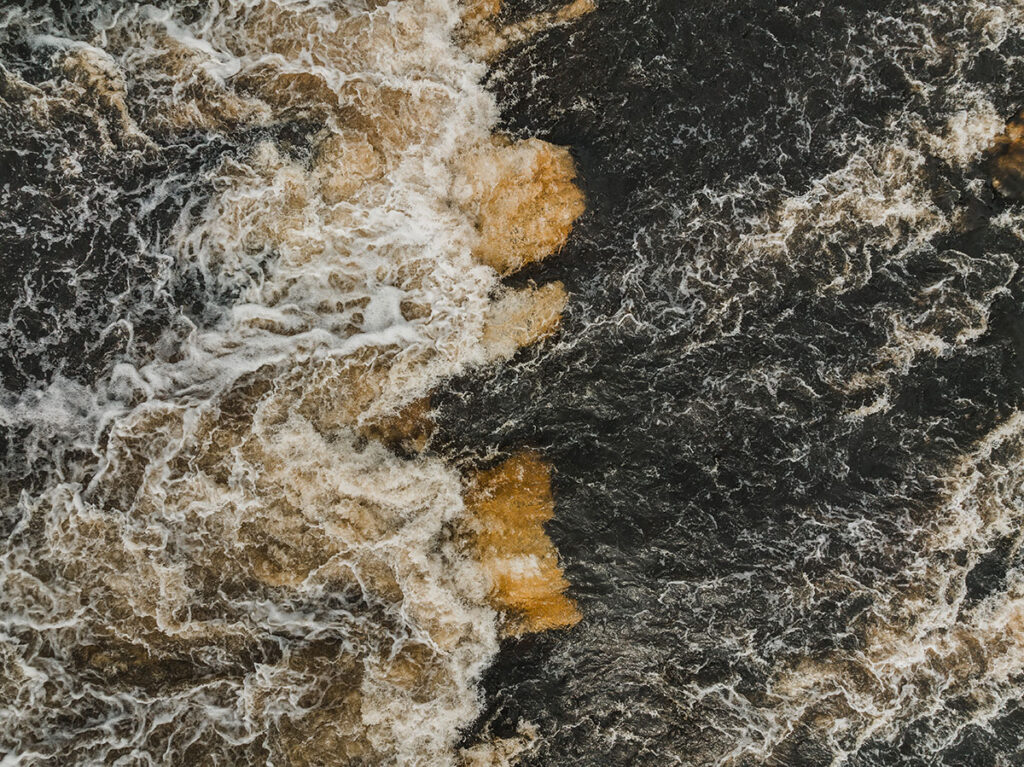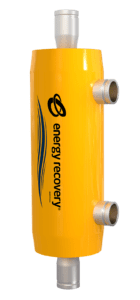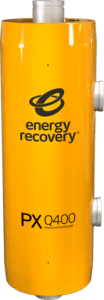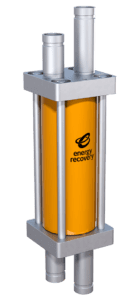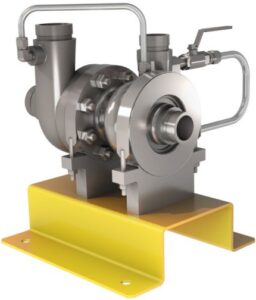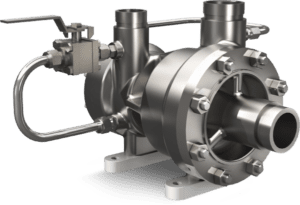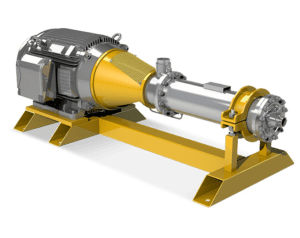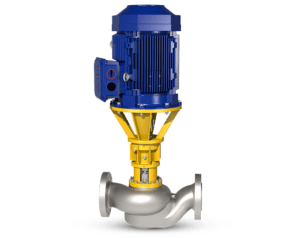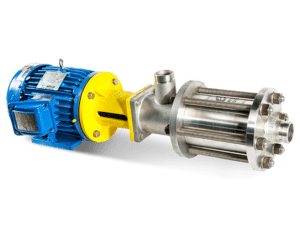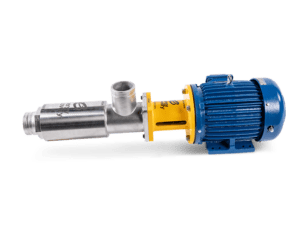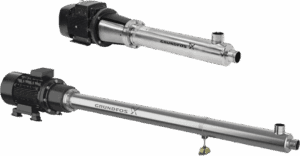How it works
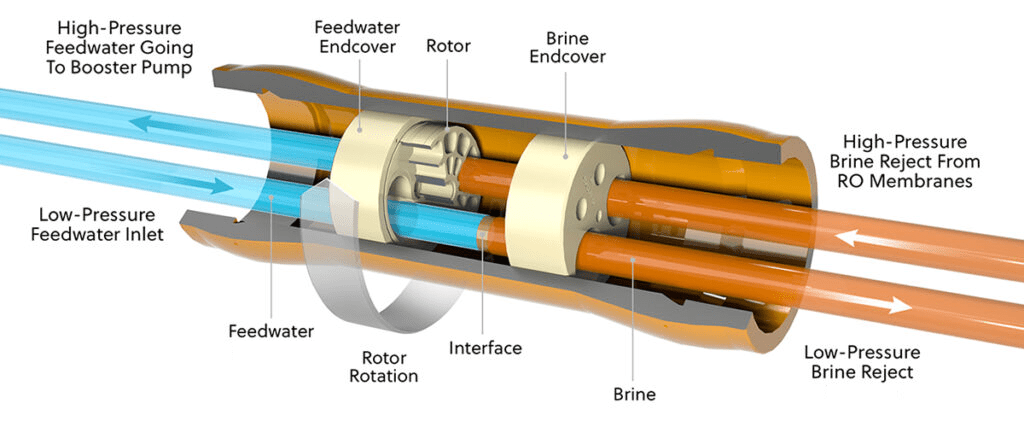
Our PX® Pressure Exchanger® (PX) energy recovery devices (ERDs) offer significant energy savings for wastewater treatment facilities. As membrane technologies continue to develop energy-efficient and cost-effective ways to meet wastewater treatment regulations, it becomes vital to include ERDs to compound those savings while preserving system reliability, flexibility, and availability. The PX can capture lost energy and recycle it back into the system to increase energy efficiency and reduce operating costs and emissions.
35,000
Amount of PX devices deployed worldwide
30
30 years that we’ve been leaders in the industry.
$7.2B
Approximate energy savings for our customers each year
100
Number of countries our devices are installed in
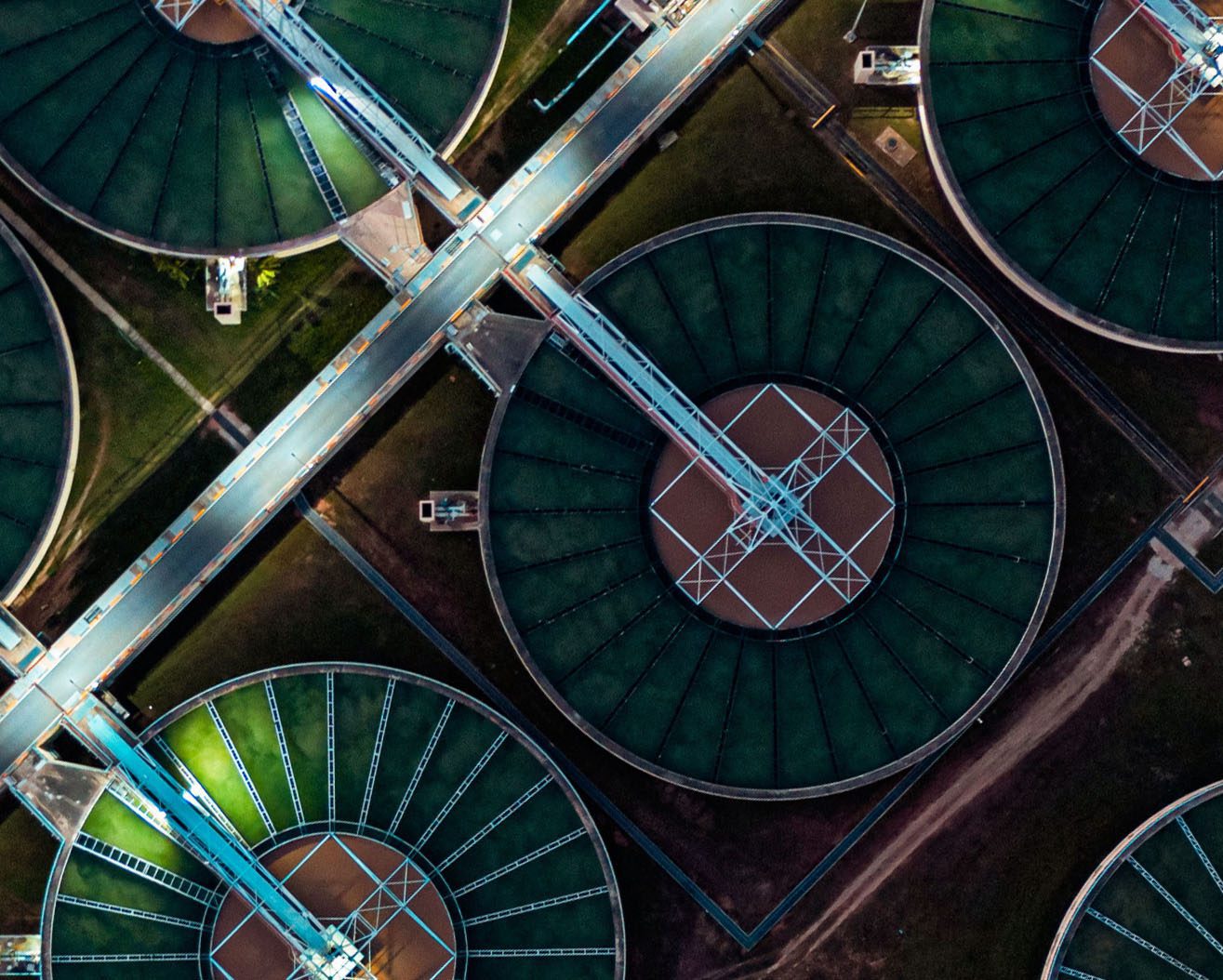
Sustainable Wastewater Treatment

94%
Peak efficiency of U Series
98%
Peak efficiency of PX devices
60%
Peak energy savings from recovering wasted energy
22.5M
Metric tons of carbon emissions avoided by our customers annually
Globally, much of the wastewater that is generated is discharged into the surrounding environment without treatment. As climate change and drought are stressing today’s water supply, treating and reusing wastewater efficiently is essential to avoid harmful discharge and provide new sources of water.
Energy Recovery’s suite of products optimizes the energy consumption of reverse osmosis in municipal and industrial wastewater systems and reduces the associated carbon emissions.
We offer low, high, and ultra high-pressure energy recovery devices suitable for any size plant or multiple stages of a membrane-based wastewater treatment system with pressures of up to 120 bar (1,740 psi).
Industry Applications
What our customers say
By integrating the PX into our high-pressure concentration process, we were able to reduce energy consumption in that process by 45%, making PX payback less than one year.
Mr. Wu Yong Dong, QingXu Plant Manager

